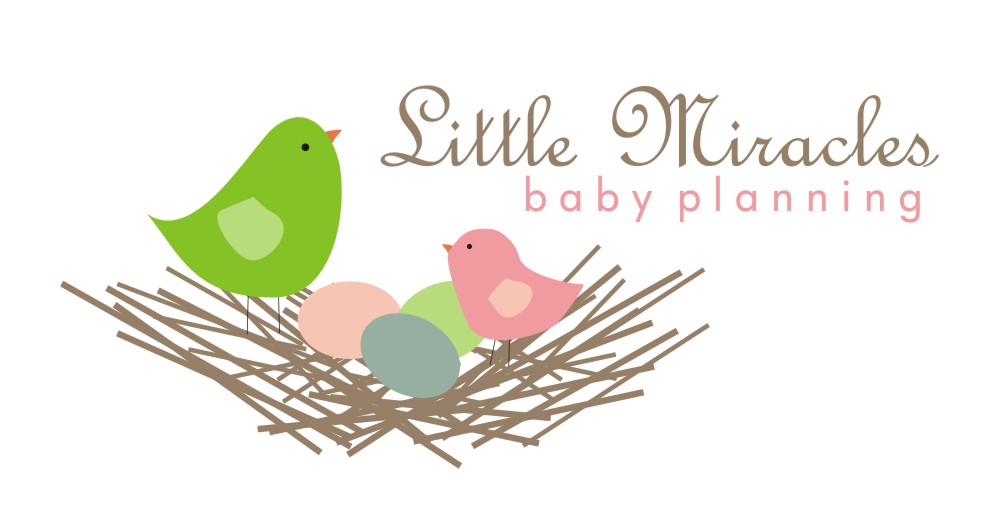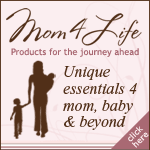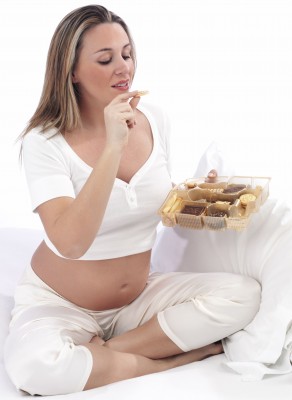
Because children and adolescents are particularly vulnerable to radiation, doctors three years ago mounted a national campaign to protect them by reducing diagnostic radiation to only those levels seen as absolutely necessary.
It is a message that has resonated in many clinics and hospitals. Yet there is one busy place where it has not: the dental office.
Not only do most dentists continue to use outmoded X-ray film requiring higher amounts of radiation, but orthodontists and other specialists are embracing a new scanning device that emits significantly more radiation than conventional methods, an examination by The New York Times has found.
Designed for dental offices, the device, called a cone-beam CT scanner, provides brilliant 3-D images of teeth, roots, jaw and even skull. This technology, its promoters say, is a safe way for orthodontists and oral surgeons to work with more precision and to identify problems that otherwise might go unnoticed.
But there is little independent research to validate these claims. Instead, the cone beam’s popularity has been fueled in part by misinformation about its safety and efficacy, some of it coming from dentists paid or sponsored by manufacturers to give speeches, seminars and continuing education classes, as well as by industry-sponsored magazines and conferences, according to records and dozens of interviews with dentists and researchers.
Last month, The Journal of the American Dental Association allowed one of the leading cone-beam manufacturers, Imaging Sciences International, to underwrite an issue devoted entirely to cone-beam technology. That magazine, which the association sent to 150,000 dentists, included a favorable article by an author who has equated a cone-beam CT with an airport scan. In fact, a cone beam can produce hundreds of times more radiation, experts say.
Cone-beam CT scans can help dentists deal with complex cases involving implants, impacted teeth and other serious problems. But many experts in dental radiation have raised alarms about what they see as their indiscriminate use. They worry that with few guidelines or regulations, well-meaning orthodontists and other specialists are turning to a new technology they do not fully understand, putting patients at risk, particularly younger ones.
Some orthodontists now use cone-beam CT scans to screen all patients, even though a number of dental groups in this country and in Europe have questioned whether the benefit of routine use justifies the added risk.
“All these different cone-beam CT scanners came out to a world that was unprepared,” said Keith Horner, a professor of oral radiology at the University of Manchester in Britain, who is coordinating a study of cone-beam scanners for the European Commission. “They are just pushed out there by manufacturers with the message that a 3-D image is always going to be better than a 2-D image, and that isn’t the case.”
One popular new brand of braces has helped cone-beam sales because it requires 3-D images, which doctors can obtain using either a cone-beam scanner with radiation, or a digital camera without it. Many orthodontists opt for radiation, because it is quicker.
Even those troubled by the widening use of cone-beam technology acknowledge that by itself, the risk from a single scan is relatively small. But patients often get more than one scan, and the lifetime risk increases with each exposure. Without a clear benefit, they say, there is only risk.
“So let me ask a question to the mother of a prospective orthodontic patient,” said Dr. Stuart C. White, former chairman of oral radiology at the UCLA School of Dentistry. “Would you like me to use a tool that is entirely safe — a camera — to record the position of your child’s teeth, or another method that may rarely cause cancer so that we can save time?”
The cone-beam business is lucrative for manufacturers and dentists. According to one industry estimate, more than 3,000 scanners and about 30 different models have been sold, at prices up to $250,000.
Dentists, some of whom charge several hundred dollars per scan, can profit by owning their own machines. “More profit per unit chair time,” promises Imaging Sciences, the cone-beam manufacturer.
Marketers increase interest in the technology by holding drawings for free cone-beam CT scanners and other gifts. A Washington State orthodontist, who gave an online lecture sponsored by Imaging Sciences, offers dentists coupons for free scans for their patients as a way to build referrals.
And then there is the “wow” factor, said Dr. Terry Sellke, an orthodontist in Illinois.
“Kids love to see that 3-D image,” Dr. Sellke said in a Webcast sponsored by Imaging Sciences. “They can go into our computer and look at their skull.” Another orthodontist talked about coloring 3-D skulls in green and purple. “Fun for the kids,” he said.
Dr. Allan G. Farman, president of the American Academy of Oral and Maxillofacial Radiology, cautions doctors not to become overly enamored of the new technology, citing the example of how shoe stores once took X-rays of customers’ feet to see if shoes fit.
Click HERE to read the rest of the article.

.png)





















